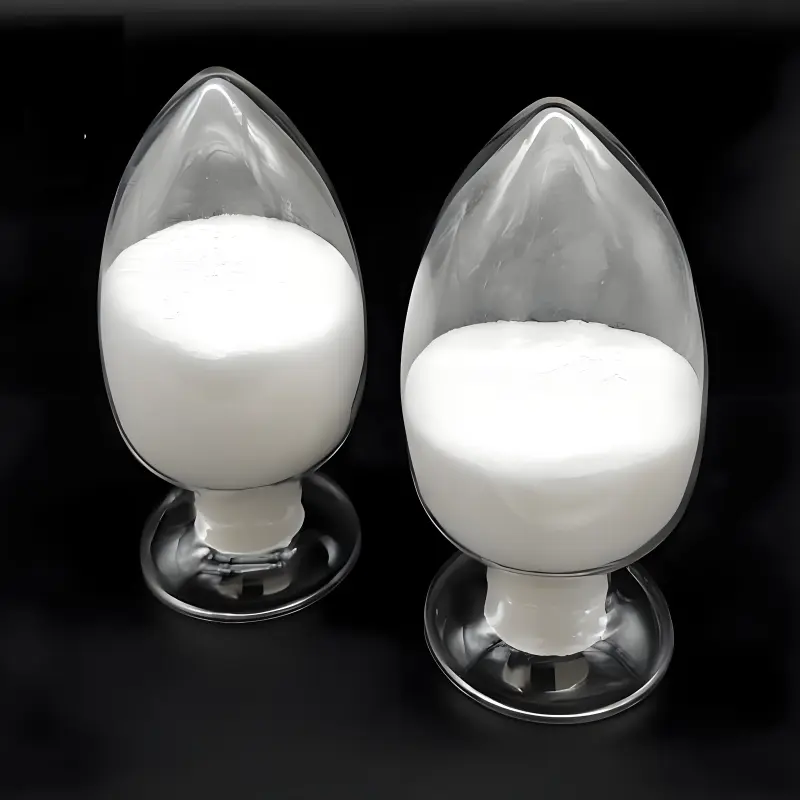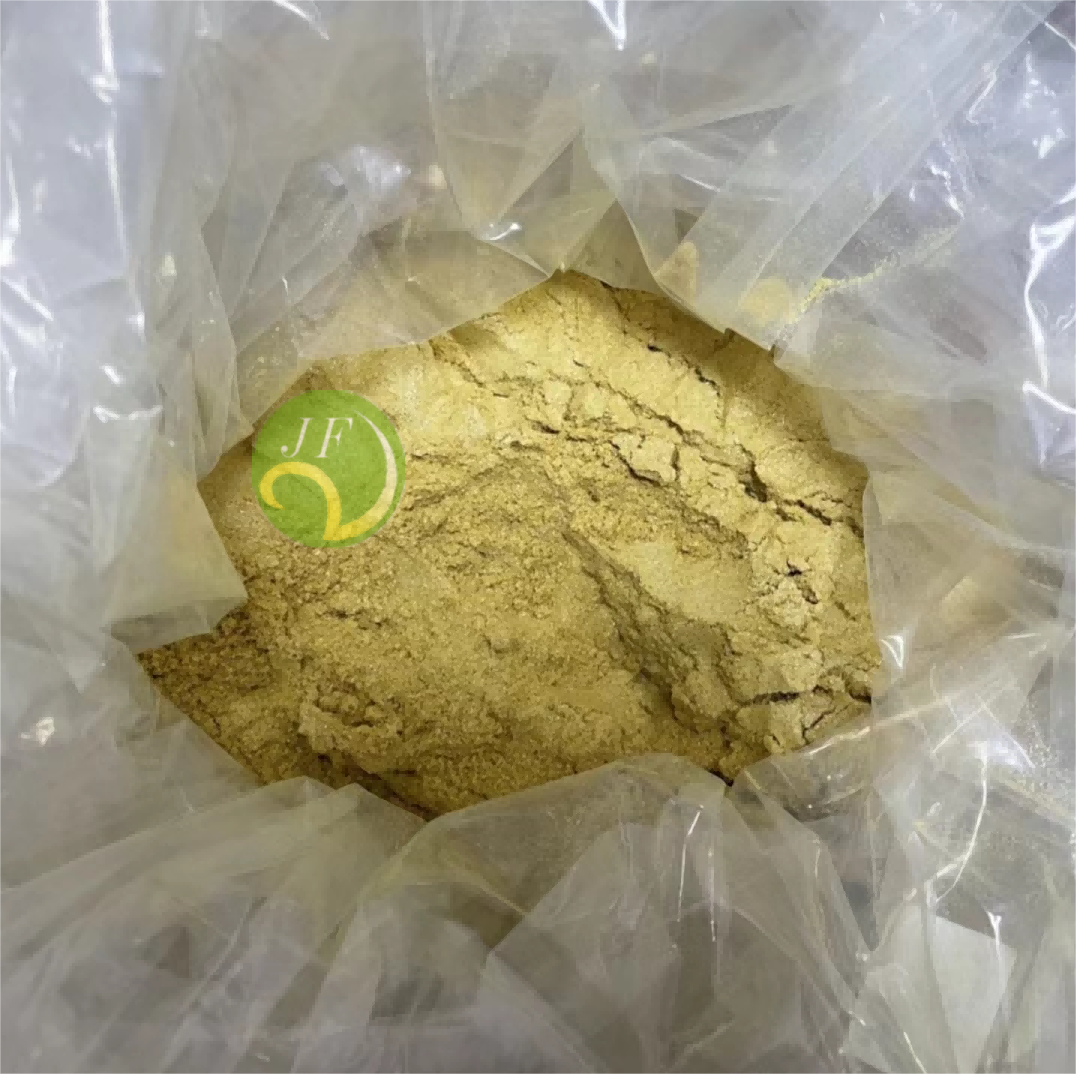-
Categories
-
Pharmaceutical Intermediates
-
Active Pharmaceutical Ingredients
-
Food Additives
- Industrial Coatings
- Agrochemicals
- Dyes and Pigments
- Surfactant
- Flavors and Fragrances
- Chemical Reagents
- Catalyst and Auxiliary
- Natural Products
- Inorganic Chemistry
-
Organic Chemistry
-
Biochemical Engineering
- Analytical Chemistry
-
Cosmetic Ingredient
- Water Treatment Chemical
-
Pharmaceutical Intermediates
Promotion
ECHEMI Mall
Wholesale
Weekly Price
Exhibition
News
-
Trade Service
The production of ethyl (3S)-4-chloro-3-hydroxybutanoate, also known as 3S-4-chloro-3-hydroxybutyric acid ethyl ester, involves a multi-step process that involves several chemical reactions.
The final product is an important intermediate in the production of certain types of plastics and other industrial chemicals.
The production process can be broken down into the following steps:
- Preparation of the starting material: The production of 3S-4-chloro-3-hydroxybutyric acid ethyl ester begins with the preparation of the starting material, which is typically an alkyl halide, such as ethyl chloride.
- Esters formation: The preparation of the starting material is then followed by the formation of the ester through a reaction with ethanol.
This reaction is typically carried out in the presence of a strong acid catalyst, such as sulfuric acid. - Hydrolysis: The next step in the production process is hydrolysis, which involves the breaking down of the ester into its components by using water.
This step is typically carried out in the presence of a base catalyst, such as sodium hydroxide. - Chlorination: The resulting mixture is then subjected to chlorination, which involves the addition of chlorine gas to the mixture.
The chlorination process is typically carried out in the presence of a solvent, such as acetone, to facilitate the separation of the resulting product from the reaction mixture. - Purification: The final product is then purified through a series of steps, including filtration, crystallization, and distillation.
These steps are designed to remove any impurities that may have been introduced during the previous steps of the process.
The production of 3S-4-chloro-3-hydroxybutyric acid ethyl ester is a complex process that involves several steps, each of which must be carefully controlled to ensure the production of a high-quality final product.
The process requires the use of specialized equipment and the manipulation of potentially hazardous chemicals, making it essential for those involved to have a thorough understanding of the process and the necessary safety precautions.






